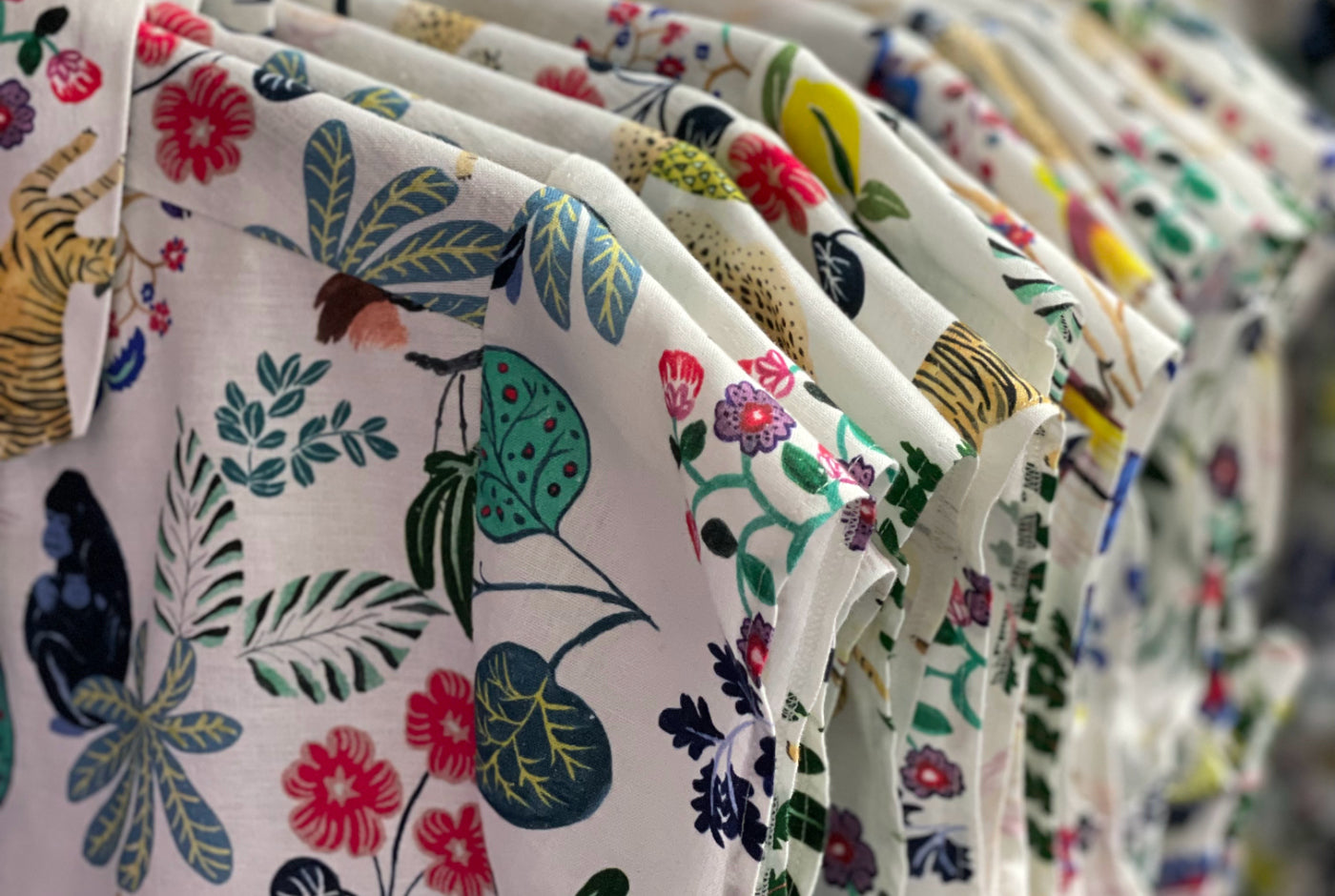
What Is Small Batch Clothing?
Small batch clothing and why it’s important
Behind the colourful prints and joyful spirit of Palava lies a passion for sustainable manufacturing and we’ve been making conscious, mindful choices about our fabrics and production processes since our inception. Every item of clothing we produce at Palava is designed and made with care. We don’t follow fashions and we don’t do flimsy. Our stitches are strong, our shapes are classic and our prints are unique. A Palava dress will be distinctive and eye-catching whether you wear it today or in 20 years time. And we hope you’ll do both. Working in an industry that is notoriously damaging to the environment, we are constantly learning (and re-learning!) about best practices. Read on to discover the ways, big and small, that we are being active members of the sustainable and regenerative fashion movement.
Small is Good!
No one knows how many clothes are actually produced world wide every year, and according to Fashion Revolution’s 2023 Fashion Transparency Index, a staggering 88% of major fashion brands do not disclose their annual production volumes. However, current estimates indicate annual production of garments range between 80 to 150 billion. Of this, an estimated 15 to 45 billion garments are never actually sold, but destroyed or discarded without ever hitting the shop floor. This is an astonishing amount of waste of resources, and at Palava we take a completely different approach: one of small batch production, limited runs and using up any left over materials from our factories to make accessories or sell as scrap bundles for craft projects.
What is Small Batch Production?

PALAVA dresses are limited in quantity to give you rare creations.
Small batch clothing production is not just about producing clothing in a way to show we care about the environment, it is also about the quality of each item, and being able to dress as an individual.
Small batch production refers to producing in limited quantities, often in small factories, workshops or studios that pay close attention to detail. In fashion, the average minimum order quantity (MOQ) - the size of an order a brand places with a factory - is often in the thousands of units. But this kind of arrangement piles on extra pressure, forcing brands to commit to extra pieces they’re not guaranteed will sell, all in the name of efficiency at the factory.
At PALAVA, we work with manufacturers who share our values and do not force us to make more than we need. We often make only 10 to 20 pieces of each item in each size, sometimes even less. Not only does this make each piece rather special, but it also means that large amounts of ‘deadstock’ simply isn’t a thing for us. It also means that when you buy one of our items you are lucky to have it!
This way of producing also allows us to carefully choose our materials for their unique qualities - or eccentricities. Production techniques blend craftsmanship and innovation, to give you lovely pieces that reflect creativity, conscientiousness and skill.
Benefits of small batch production:
Like most pieces in our collection, our Red Walter Workwear Jacket, new for this season, is made in limited quantities. We only made 42 (about 10 in each size)!
Quality over quantity
Unlike mass-produced items that you see at huge brands and retailers, small batch clothing places quality centre stage. We dedicate more time to each piece, making it special and ensuring it is well-made. Of course, we also hope that this means you cherish every one of your PALAVA creations.
Customisation and flexibility
The smaller scale of production gives brands like ours the flexibility to respond to your feedback, so we can give you what you are really looking for. For example we can make the bodice longer or armholes larger for our next collection, following your feedback.
Impact on sustainability
In a world facing the dismal effects of fast fashion, in terms of resource waste, water and air pollution and waste piling up, small batch clothing isn’t the only solution but it is a practical way to produce clothing with a lower impact. Here’s why:
- Lower environmental footprint: Producing smaller runs simply needs less energy, less water, and less raw materials. If there were any hint of doubt still lingering, here’s a reminder of how hurtful the industry can be. Furthermore, we design and create our clothes to last, and encourage our community to invest in pieces that will stay with you for many seasons.
- Less textile waste: Small batch clothing fosters a mindset of mindful consumption. With an emphasis on quality, garments are designed to withstand the temptation of time and trends, reducing the chances of disposal. In the end, limited quantities mean fewer items will be thrown away.
- Ethical labour: Production in a typical factory requires assembly lines, because when clients are larger, more people are needed to get the work done. So sometimes, details can get lost or overlooked. Smaller workshops and studios can promote transparency and accountability. With limited quantities to make, brands can prioritise fair wages, safe working conditions, and respectful treatment of artisans and those highly skilled in their craft.
Small Batch vs. Slow Fashion
So is small batch the same as slow fashion? They are similar but not identical. Both advocate for more intentional and sustainable consumption but they differ ever so slightly in focus. Small batch clothing is about production. Slow fashion is more of an umbrella term about a broader shift to more responsible choices. Like many broad terms, ‘slow fashion’ can be tricky to pin down.
Nevertheless, producing in small batches could be considered a slow fashion approach.
Small Batch production challenges
Despite its merits, making clothes in small batches does come with several hurdles to overcome.
One is accessing the right suppliers, factories and studios. Mass production benefits from economies of scale. When it comes to sourcing materials and skilled artisans for limited runs, we have to dedicate a lot of resources. But it’s always worth it in the end.
Another is mindset. Unlike the instant buzz that fast fashion can give, embracing small batch clothing is about switching perspectives. It’s an adjustment that moves away from being 'always available', towards an appreciation for rarity and uniqueness. A bit like taking some time to find a gourmet wild mushroom - or see a rare bird.
What is next for Small Batch Production?
Even though we produce in small batches, that still carries a risk of some sizes not finding homes, so next step is made-to-order. Pre-ordering means customers reserve an item of clothing before it is made, and enables the brand to make exactly what customers want, and the right amount of items, thus minimising waste even further.
Examples of Small Batch Brands
Palava
That’s us! We produce in small batches - sometimes only two or three units per size - so you know PALAVA dresses are special and worth keeping. It also means that large amounts of ‘deadstock’ simply isn’t an option. One of our factories is on the outskirts of London, which enables us to keep a close eye on production and have regular catch-ups with Balbir and his brother Satnam, who run the factory.
 Satnam is one of the many people who bring our designs to life.
Satnam is one of the many people who bring our designs to life.
Deploy
DEPLOY is one of the world’s highest-ranking certified B Corps and actively contribute towards 12 of UN’s 17 Sustainable Development Goals. They create very limited runs from their London workshop rooted in functional couture. Incredible attention to detail, and the use of natural and sustainable materials make them a great example of both small batch and slow fashion.
Saywood Studio
Another womenswear label from London, Saywood offers responsibly-made contemporary styles in small volumes. They work with two manufacturers: ApparelTASKER in the UK and Mantra in Romania. Every step - from fabrics to accessories and product packaging - has been chosen with sustainability top of mind.
Hiut Denim
Hiut is based in the town of Cardigan, Wales and is on a mission to get the town making jeans again. They operate a waitlist and release production slots which Hiut customers book and pay for upfront. A great example of next-gen small batch where it moves to make-to-order.
Conclusion
At PALAVA, we use small batch clothing as a means to celebrate the artistry of garment making, to respect the environment, and support ethical practices. We hope our community join us to consider how what we buy was made. If you feel inspired, why not have a peek at our current range: By the Riverside or Lost at Sea.
Our story doesn’t stop there. If you’d like to know more about how we do things at PALAVA, visit our factory or sustainability initiatives here.
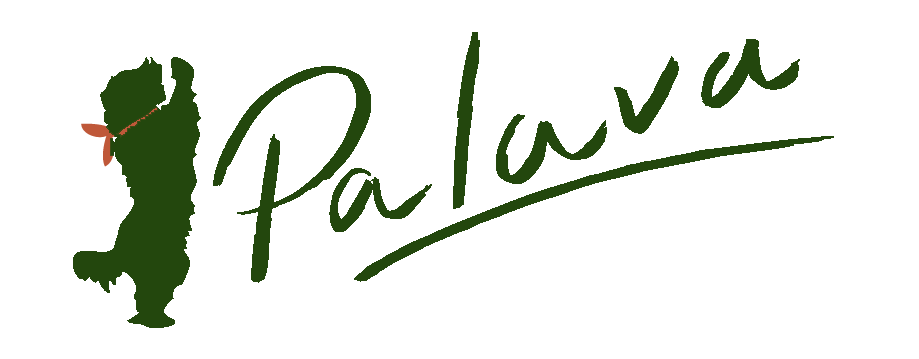


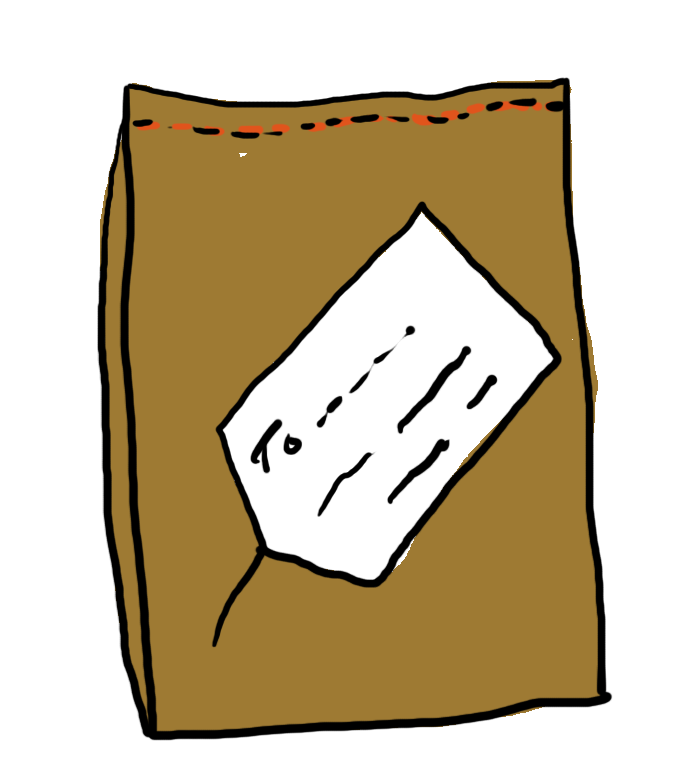
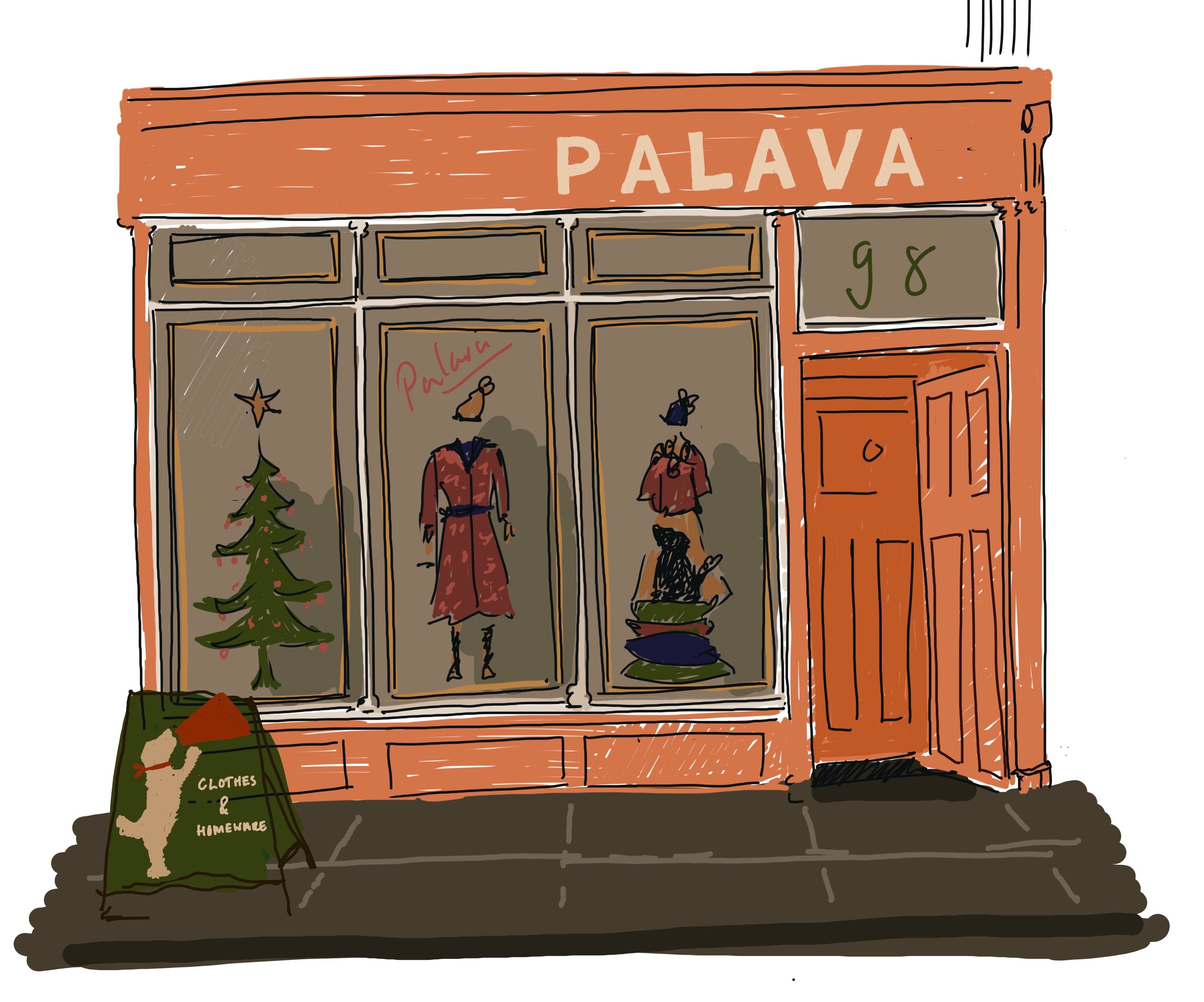
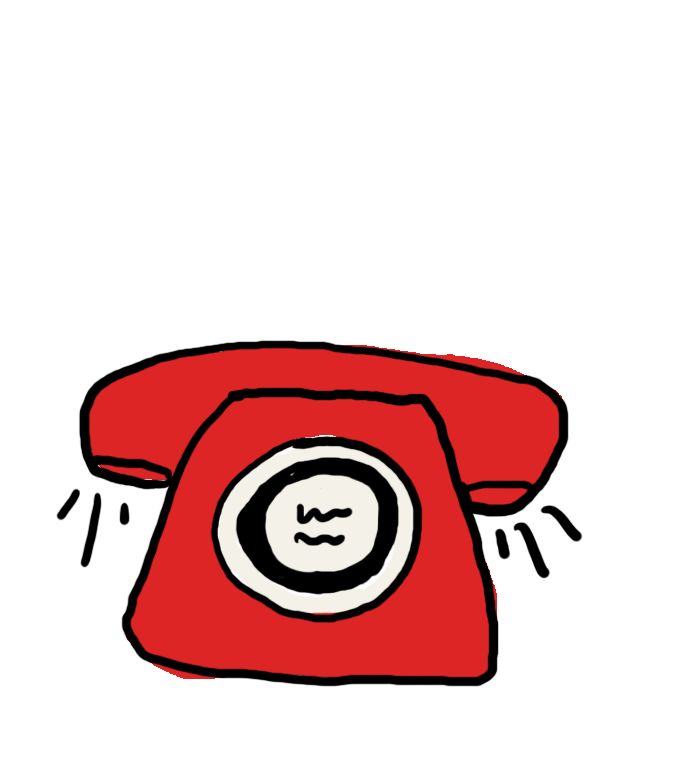
Leave a comment
This site is protected by hCaptcha and the hCaptcha Privacy Policy and Terms of Service apply.